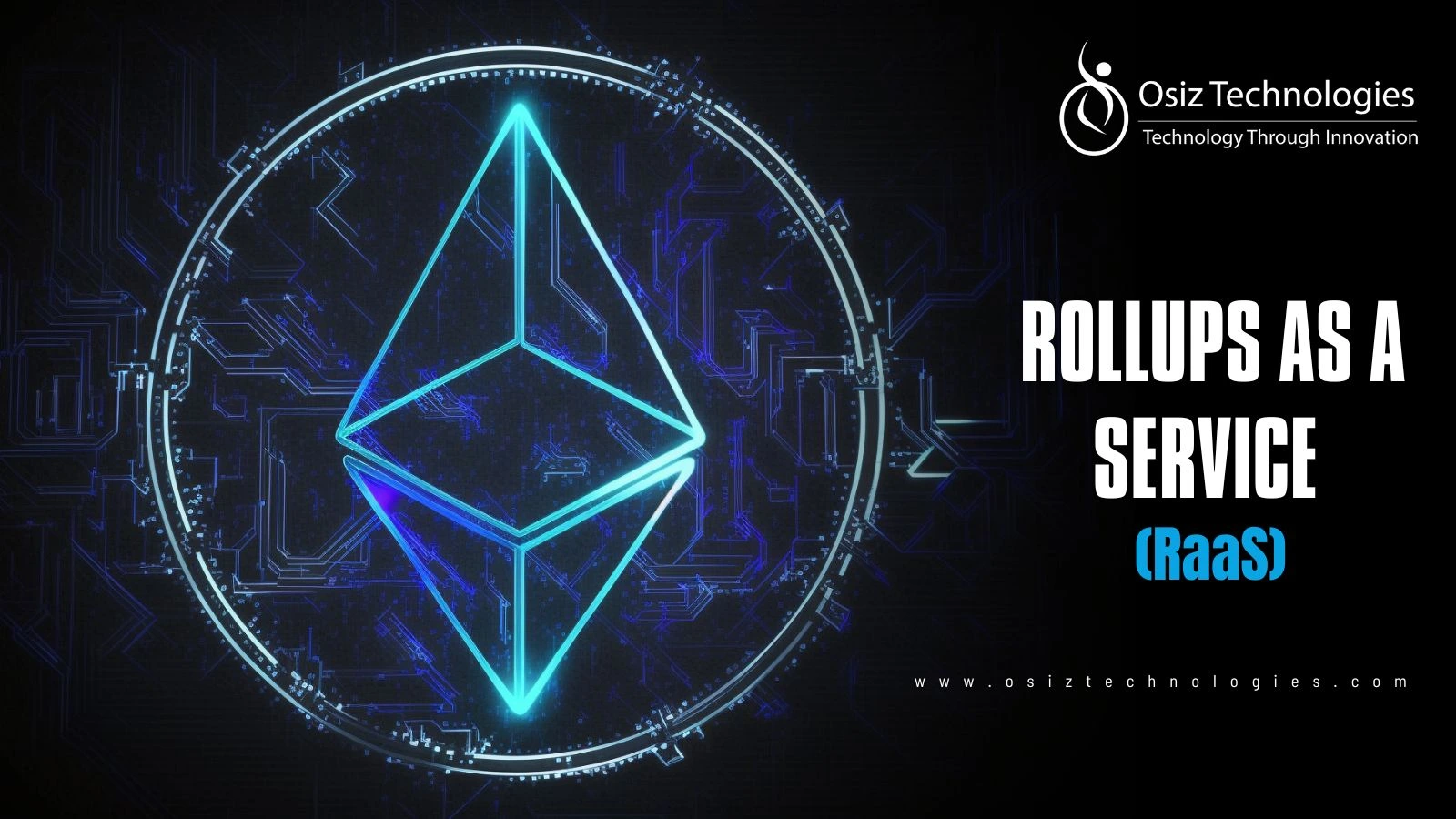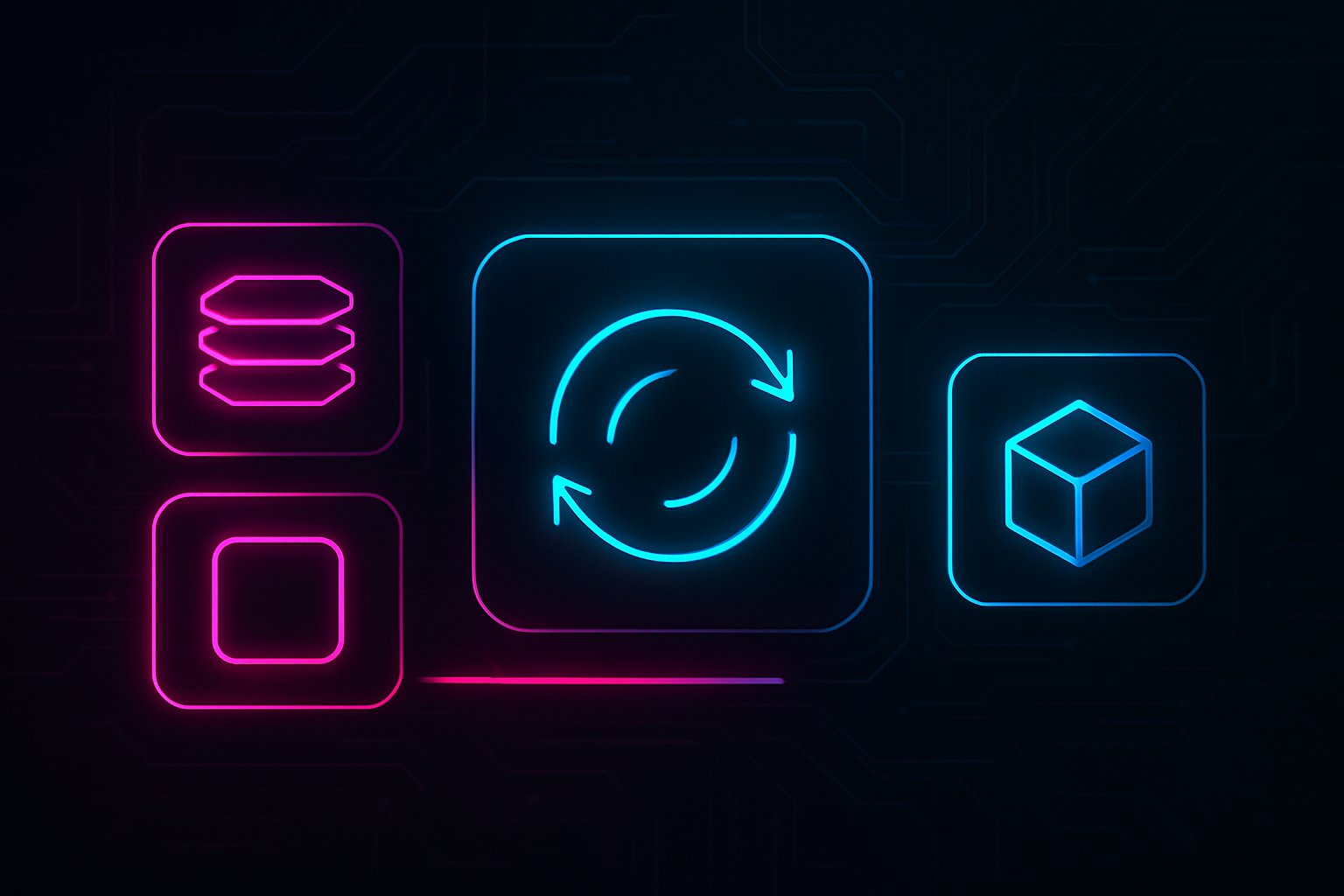
App-chain deployment is rapidly evolving, offering blockchain developers a spectrum of options for scaling applications. The two dominant paradigms in 2025 are abstract rollups and standalone Layer 1 (L1) blockchains. Both approaches enable the creation of application-specific chains, but they diverge sharply in architecture, operational complexity, and strategic trade-offs. Understanding these differences is crucial for teams aiming to optimize for security, scalability, and user experience.

Abstract Rollups: Efficiency Through Layer 2 Innovation
Abstract rollups have become the backbone of modern app-chain deployment by leveraging the security and decentralization of established L1s like Ethereum. These Layer 2 solutions process transactions off-chain and periodically submit succinct proofs or compressed data back to the parent chain. This model dramatically reduces transaction costs and increases throughput without sacrificing trust-minimized security.
The rise of Rollups-as-a-Service (RaaS) platforms, such as those detailed on Alchemy, has further lowered barriers to entry. Developers can now launch custom rollups tailored for a single application without building or maintaining complex infrastructure from scratch. This abstraction empowers teams to focus on core business logic and user acquisition rather than node operations or validator incentives.
Key Benefits of Deploying App-Chains with Abstract Rollups
-
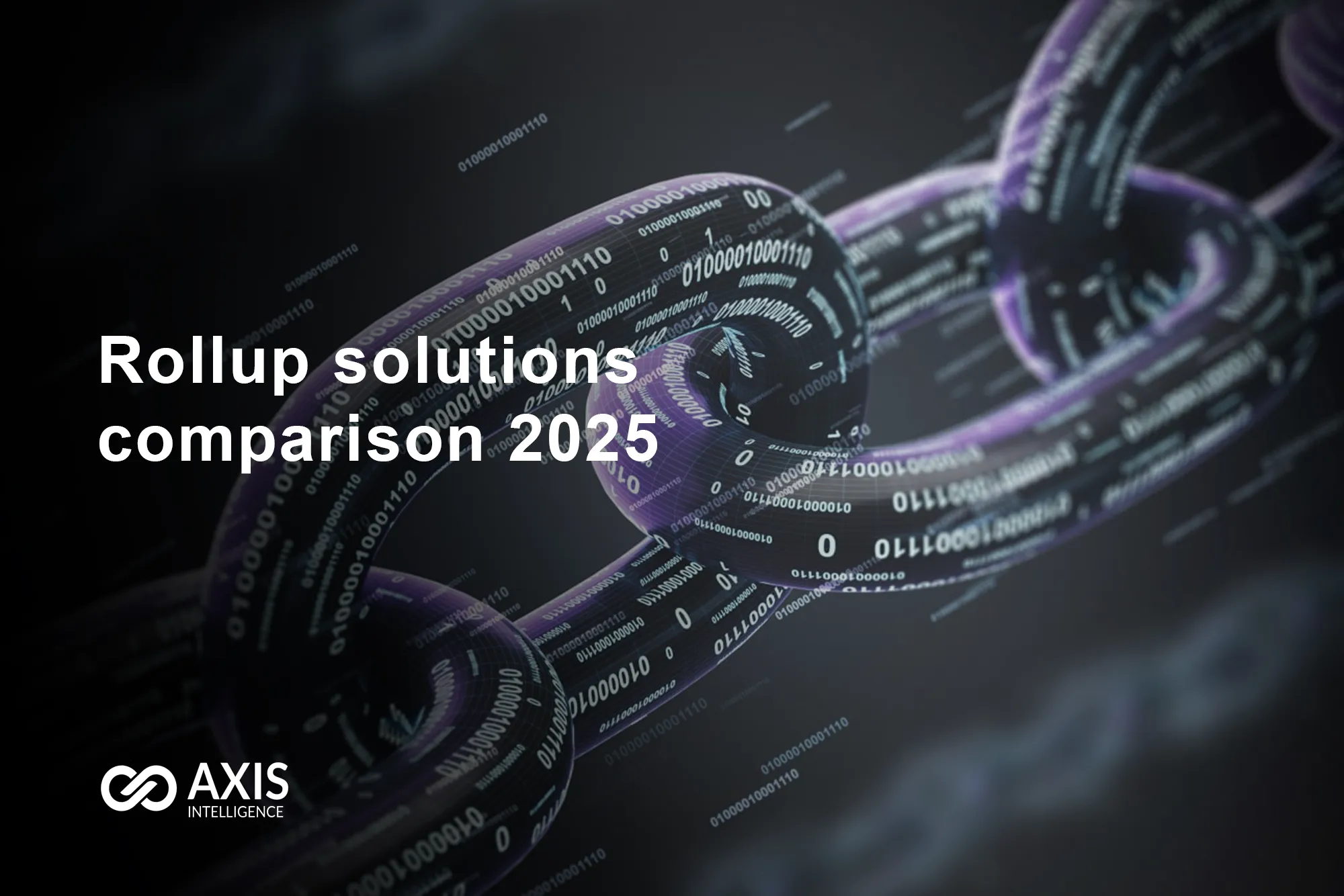
Reduced Transaction Costs: Abstract rollups batch and compress transactions off-chain, significantly lowering fees compared to standalone L1s by leveraging the scalability of established blockchains like Ethereum.
-
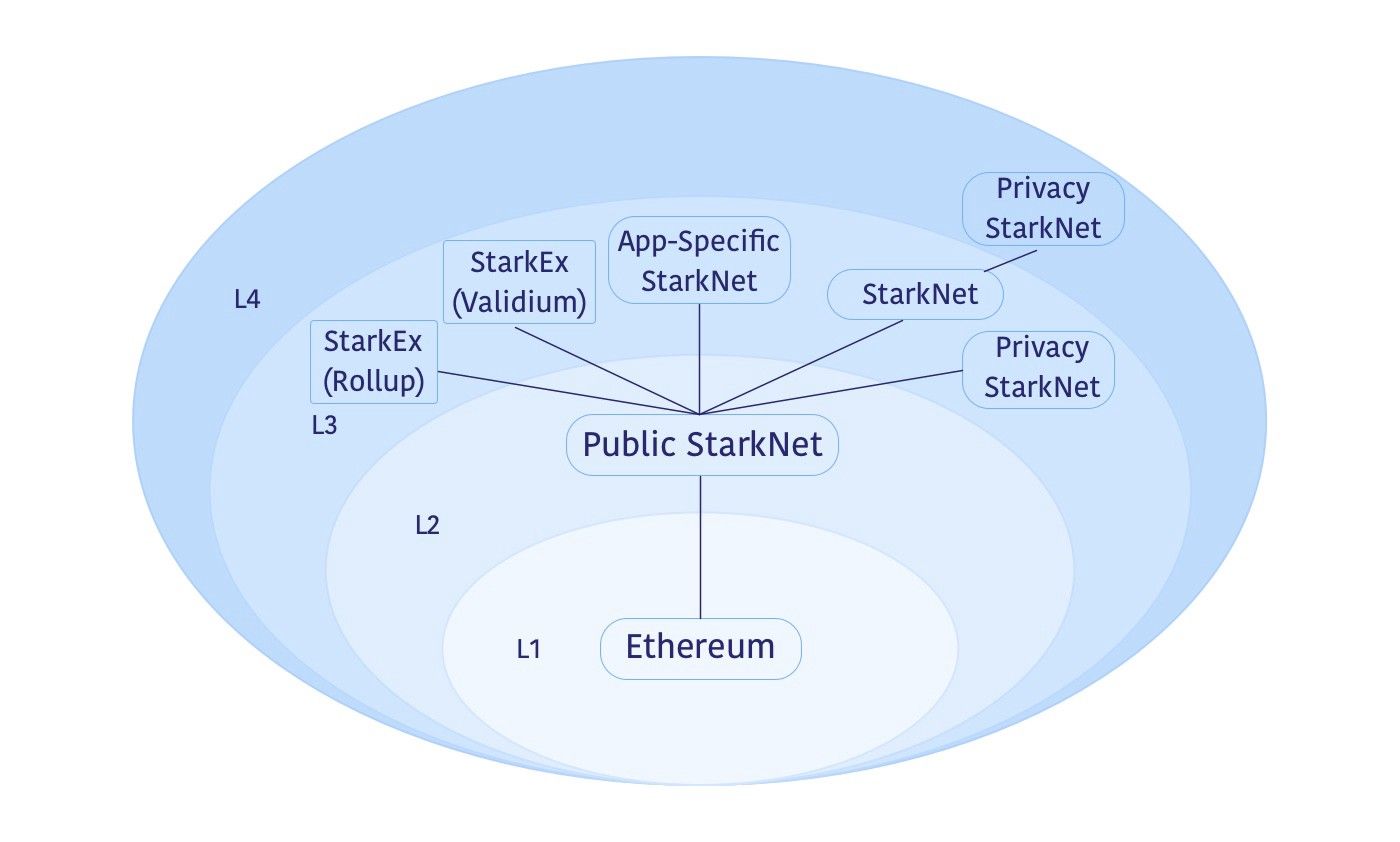
Enhanced Security via L1 Inheritance: By anchoring to a secure Layer 1 (e.g., Ethereum), abstract rollups inherit robust decentralization and security without needing to bootstrap their own validator network.
-
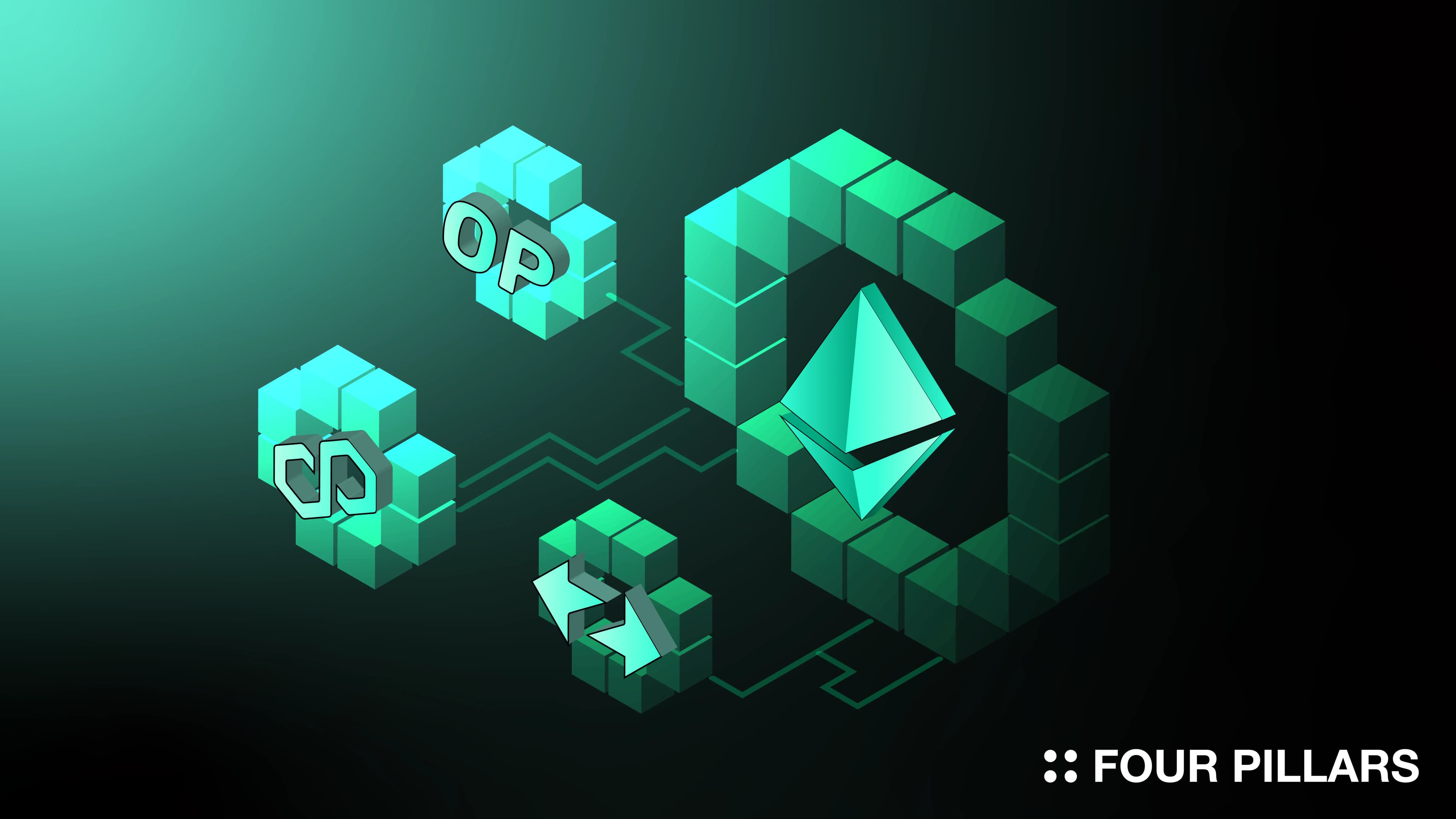
Seamless Interoperability: Abstract rollups benefit from the existing ecosystem of their parent L1, enabling easier integration with wallets, bridges, and DeFi protocols.
-
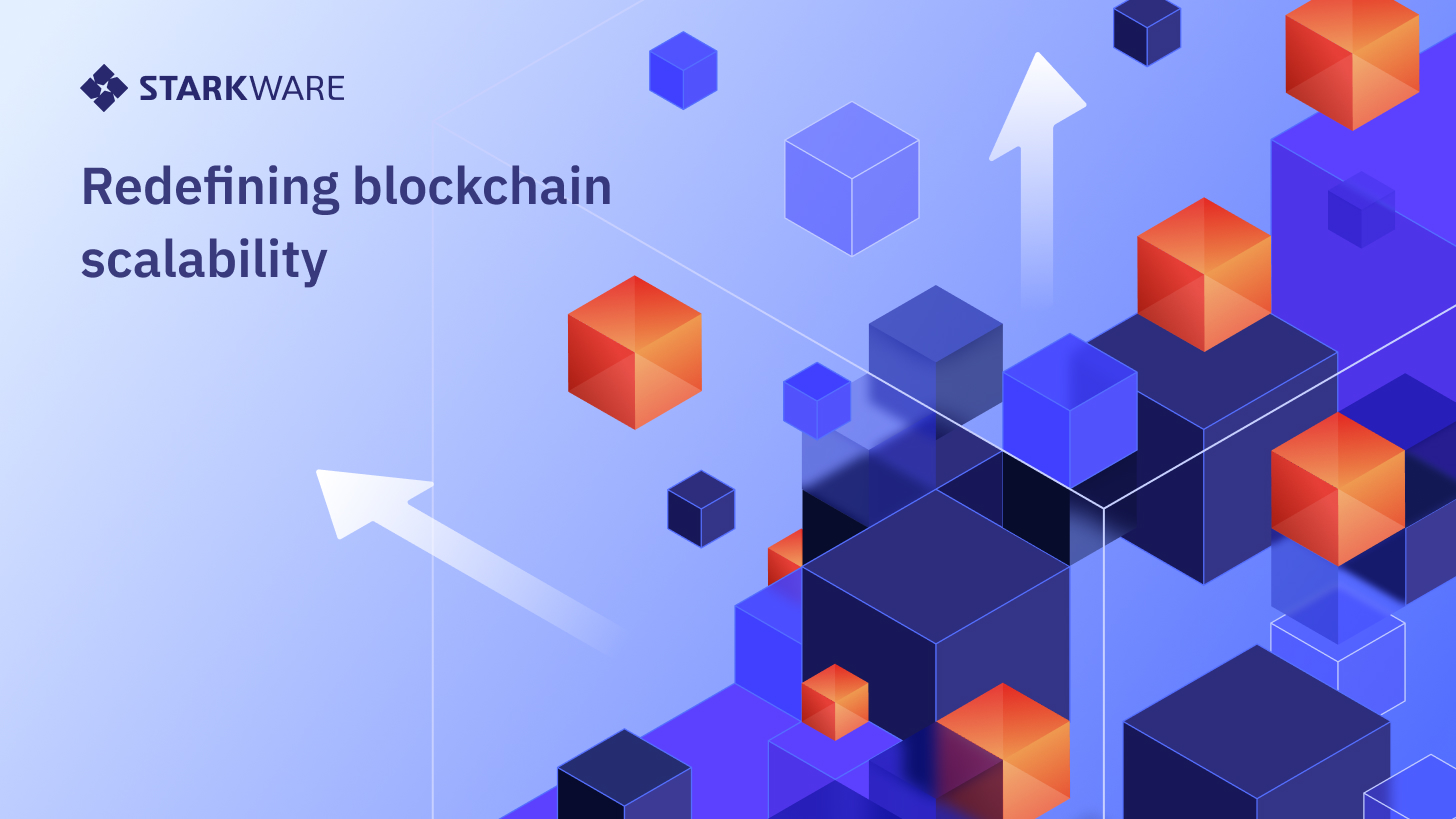
Scalable Performance: By processing transactions off-chain and submitting proofs to L1, abstract rollups can handle higher throughput and support growing user bases without sacrificing efficiency.
Rollups also inherit the robust ecosystem of their parent L1s, making it easier to tap into liquidity pools, wallets, bridges, and other composable DeFi primitives. This interoperability accelerates time-to-market and enhances composability with existing dApps.
Standalone L1s: Maximum Autonomy at a Cost
If absolute control is paramount, some teams opt for standalone L1 blockchains as their app-chain deployment strategy. Here, developers design every aspect of their network – from consensus mechanism to governance structure – ensuring that performance parameters are finely tuned to their specific use case.
This autonomy comes with significant responsibilities. Launching a new L1 requires assembling a decentralized validator set, establishing economic incentives for honest participation, and often bootstrapping liquidity from scratch. Security becomes a bespoke concern; unlike rollups that benefit from Ethereum’s battle-tested infrastructure, standalone L1s must build trust independently.
As noted by researchers on Substack and Bitium Agency, these challenges mean that while standalone L1s offer unmatched flexibility – including non-EVM architectures or unique consensus models – they demand greater technical sophistication and ongoing maintenance investment.
Comparative Trade-Offs: Performance, Security and Ecosystem Access
The choice between abstract rollup vs standalone L1 hinges on several critical dimensions:
- Performance and Scalability: Abstract rollups scale by batching transactions off-chain before settling on an L1. Standalone L1s can be optimized for ultra-high throughput but may struggle with decentralization early on.
- Security and Liquidity: Rollups piggyback on the parent chain’s security guarantees; new L1s must establish their own validator incentives and liquidity pools.
- User Acquisition and Ecosystem Integration: Rollup-based app-chains benefit from seamless integration with existing dApps and wallets in the parent ecosystem. In contrast, standalone chains require additional work to attract users and partners.
- Development Complexity: RaaS platforms make deploying an abstract rollup relatively straightforward compared to the heavy lift required for launching an independent network.
The modular vs monolithic debate continues as projects weigh these factors against short- and long-term goals. For many startups prioritizing speed-to-market or DeFi composability, abstract rollups present a compelling path forward. For enterprises demanding bespoke features or regulatory controls at the protocol level, investing in a standalone L1 may be justified despite higher upfront costs.
Market data from 2025 underscores that abstract rollups are now the preferred route for most blockchain developers seeking rapid, secure, and cost-effective app-chain deployment. Platforms like Rollup-As-A-Service (RaaS) have democratized access to scalable infrastructure, enabling even lean teams to launch production-grade chains that inherit the security and liquidity of established L1s such as Ethereum. This is especially advantageous for projects focused on user acquisition and composability, since rollups can seamlessly plug into existing DeFi protocols, wallets, and bridges.
However, the trade-off is clear: abstract rollups offer less autonomy over low-level parameters. While this isn’t a concern for many dApps, especially those prioritizing interoperability and developer efficiency, some use cases do require full-stack customization. Standalone L1s remain relevant for enterprise or regulated environments where unique consensus models, custom permissioning, or non-EVM architectures are essential.
Decision Framework: When to Choose Abstract Rollups or Standalone L1
The optimal path depends on your project’s priorities:
Key Criteria for Choosing Abstract Rollup vs Standalone L1
-
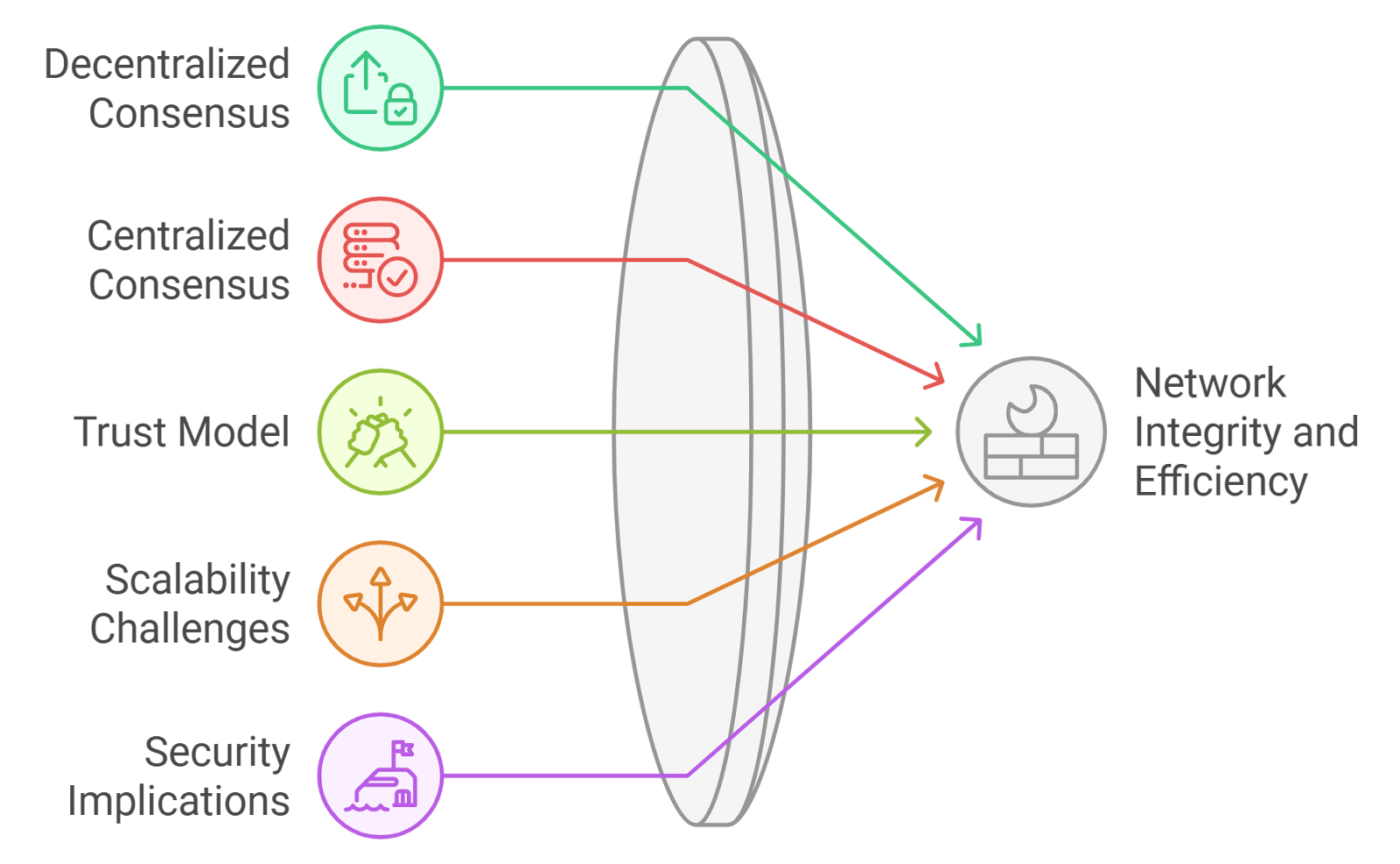
Performance & Scalability: Abstract rollups leverage the scalability of their parent L1 (e.g., Ethereum), batching transactions off-chain for lower fees and higher throughput. Standalone L1s can be optimized for specific workloads but require custom scaling solutions.
-

Security & Decentralization: Rollups inherit the security and decentralization of the underlying L1, reducing the burden of establishing a new validator set. Standalone L1s demand building and maintaining their own security infrastructure, which can be resource-intensive.
-
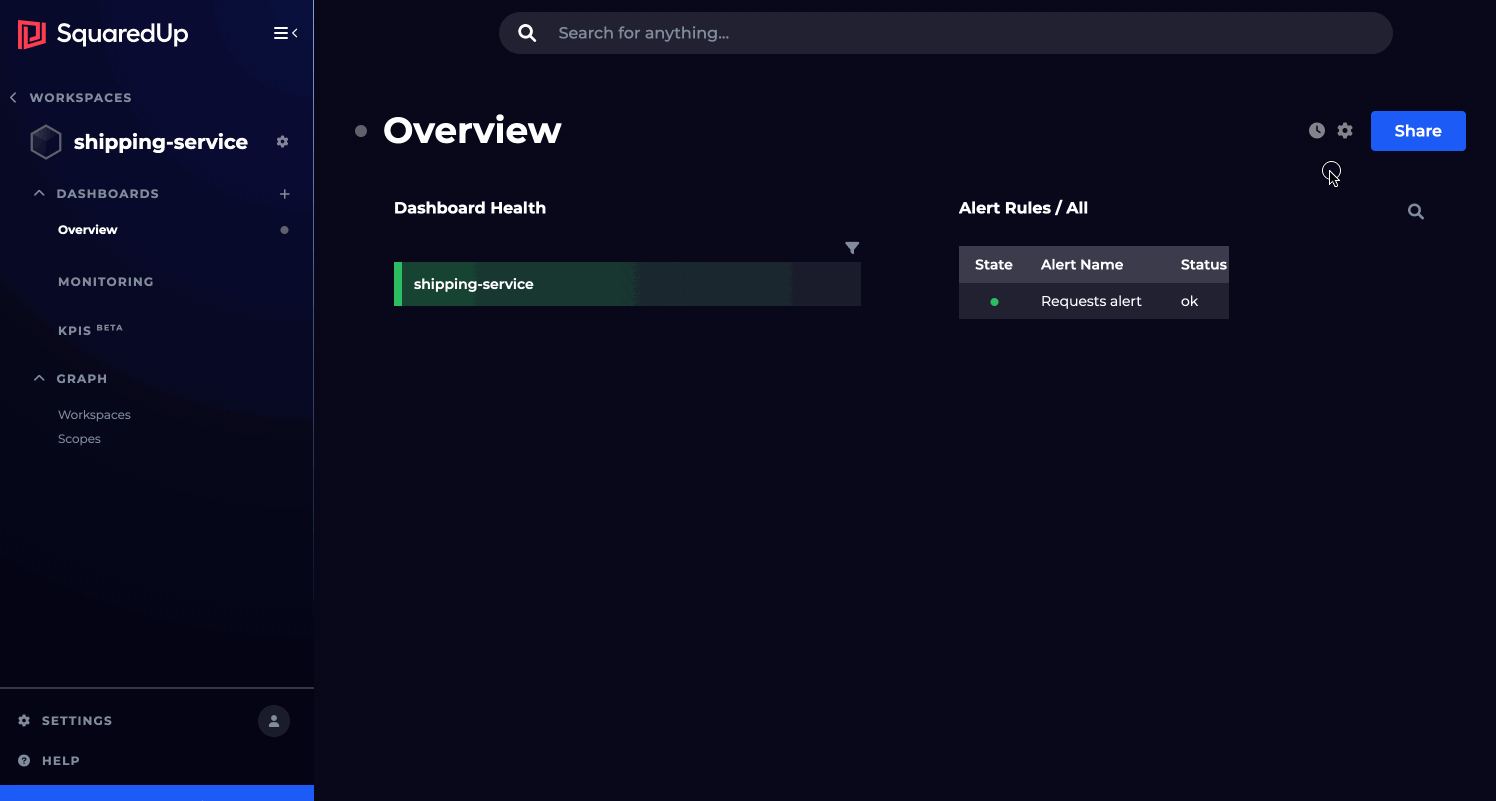
Development Complexity: Deploying an abstract rollup, especially via Rollups-as-a-Service (RaaS) platforms like Alchemy or Conduit, simplifies setup and maintenance. Launching a standalone L1 involves complex infrastructure, validator management, and ongoing network operations.
-
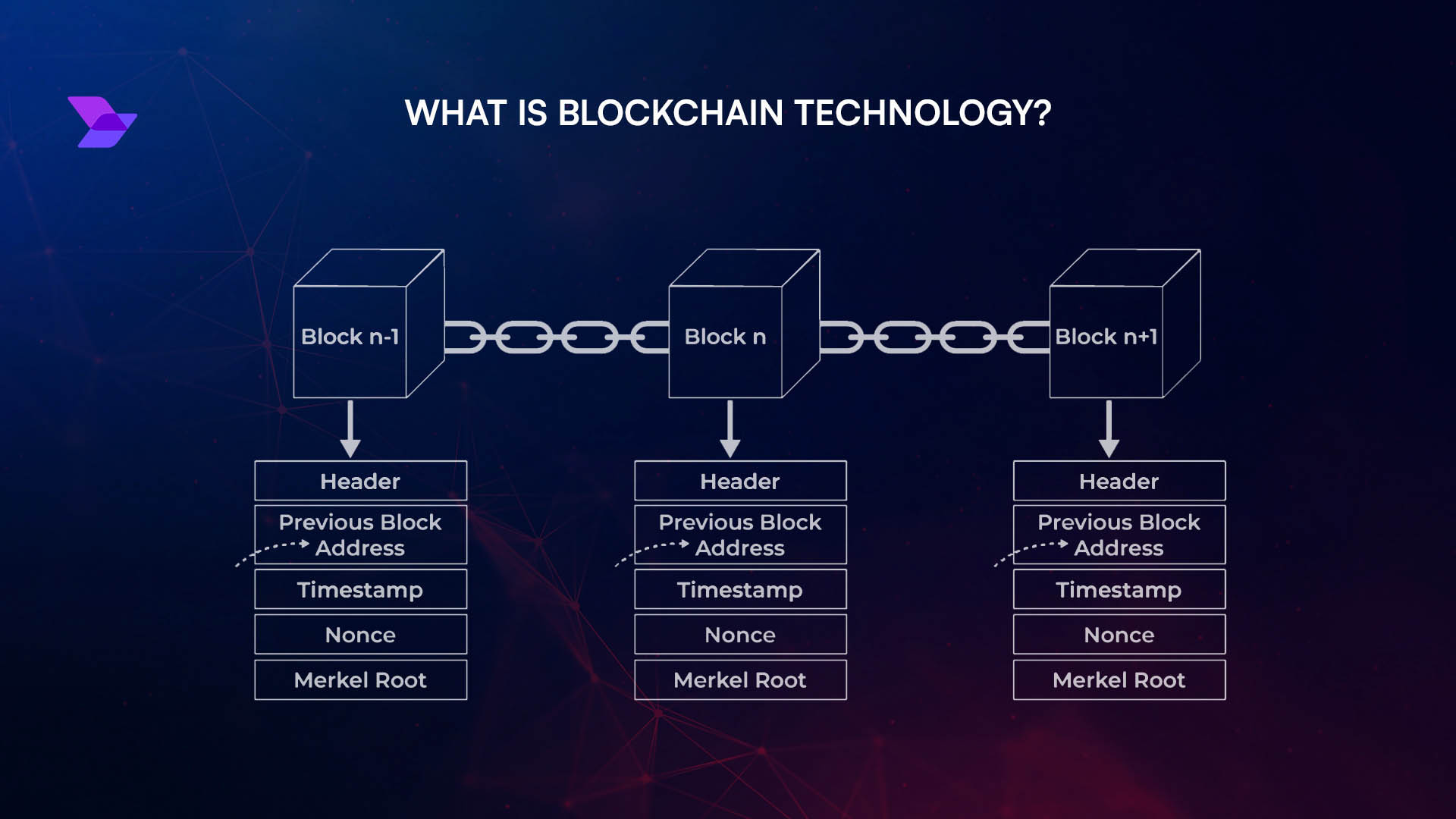
Interoperability & Ecosystem Access: Rollups benefit from seamless integration with the parent L1’s ecosystem (e.g., wallets, bridges, DeFi protocols). Standalone L1s may face challenges in achieving interoperability and attracting ecosystem partners.
-
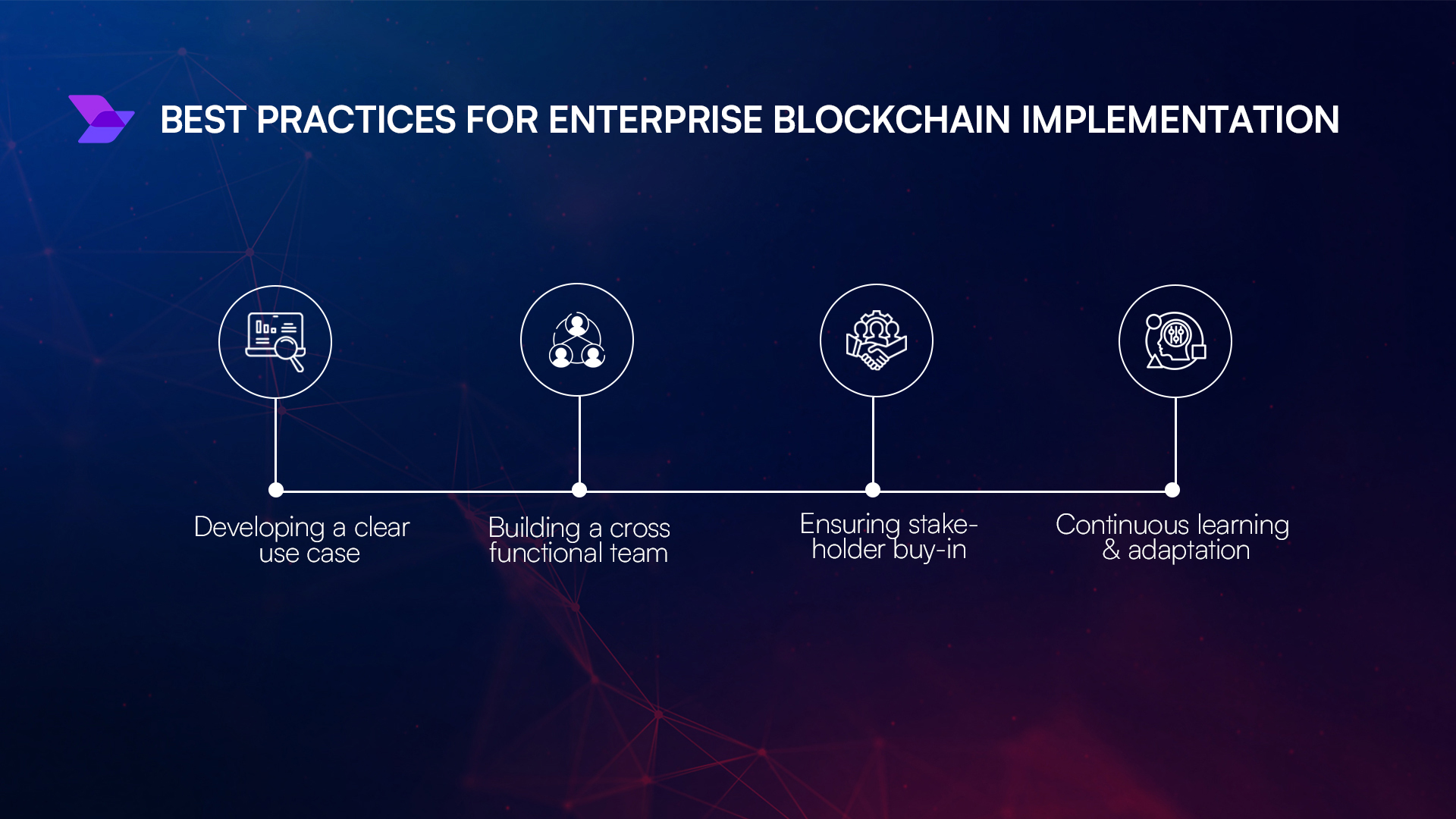
Customizability & Control: Standalone L1s offer full autonomy over consensus mechanisms, governance, and network parameters, enabling unique features. Abstract rollups are limited by the design and constraints of the parent L1.
-
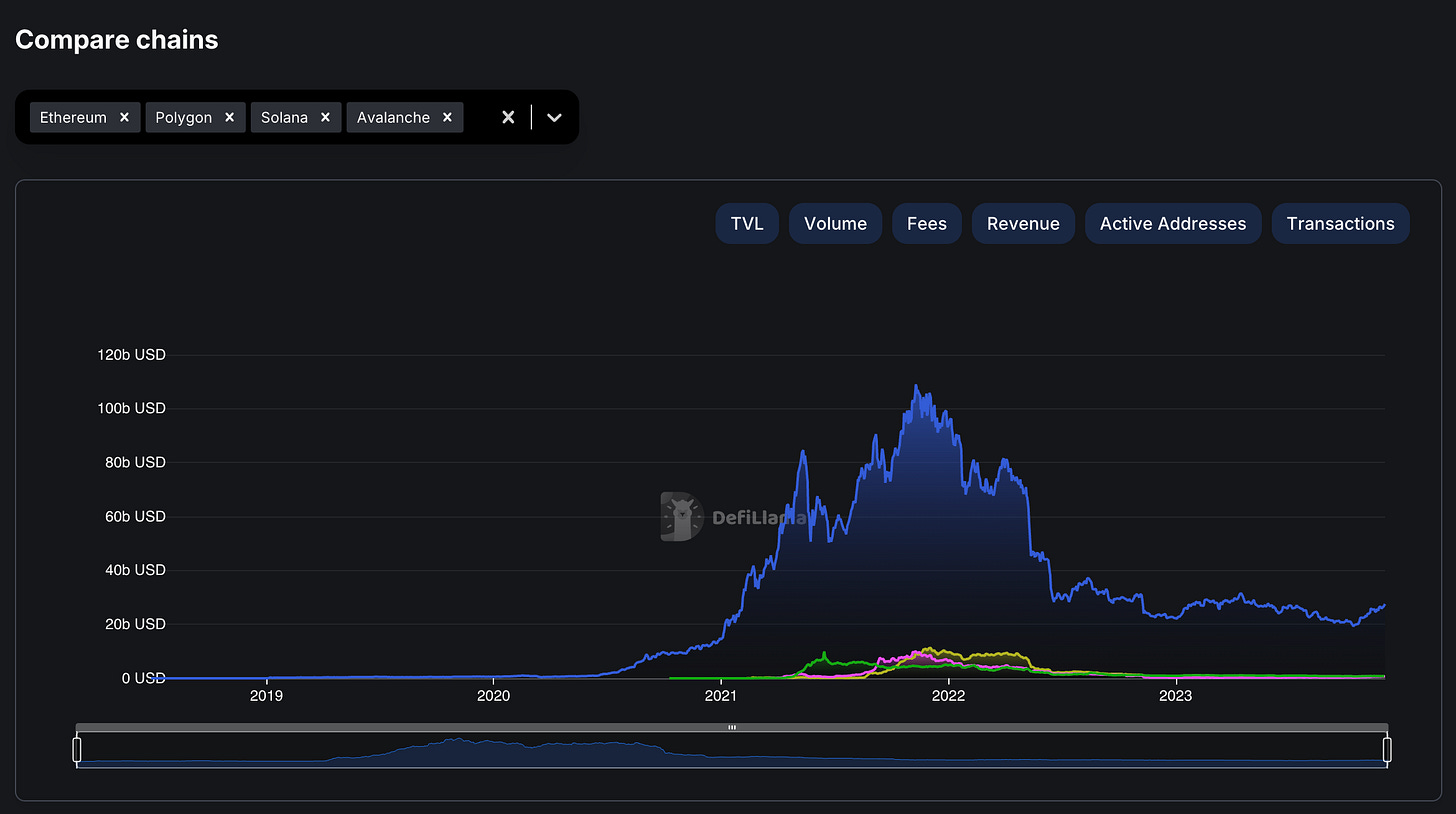
Resource Requirements & Cost: Rollups generally require fewer resources to launch and maintain, leveraging existing infrastructure. Standalone L1s demand significant investment in network security, validator incentives, and ongoing operations.
If your goal is fast deployment, low fees, and immediate access to a thriving ecosystem, abstract rollups, especially with RaaS, are hard to beat. These solutions minimize operational overhead and let you leverage proven security models without reinventing the wheel.
On the other hand, if your application demands total sovereignty, custom economics, or a novel consensus framework beyond what modular rollups provide, a standalone L1 may be warranted. Be prepared for higher initial costs and a longer path to network maturity.
“The future of app-chain deployment is not about one-size-fits-all solutions; it’s about matching technical architecture with business goals. “
Developer Experience and Ecosystem Impact
The developer journey is notably smoother with abstract rollups. RaaS platforms handle node management, upgrades, monitoring, and even integrations with popular tooling. This frees up engineering resources to focus on user experience and differentiation in a crowded market.
Moreover, by aligning with established ecosystems like Ethereum or other major L1s through rollup deployment, projects gain instant credibility and easier user onboarding. Liquidity bridges are often pre-built into these environments, a critical edge for DeFi-focused ventures aiming for quick TVL growth.
Looking Ahead: Modularity as the New Standard
The modular blockchain thesis continues to gain momentum in 2025. As more tools emerge that abstract away infrastructure concerns, from RaaS providers to cross-chain interoperability protocols, the barriers between L1s and L2s blur further. The result? Developers can now select the optimal blend of performance, security, and ecosystem access tailored precisely to their project’s needs.
This evolution fundamentally shifts how teams approach app-chain deployment: what once required deep expertise in distributed systems can now be achieved by product-focused teams leveraging modular frameworks. The future belongs to those who can best align technical choices with market realities, and platforms like Rollup-As-A-Service are leading this transformation.



